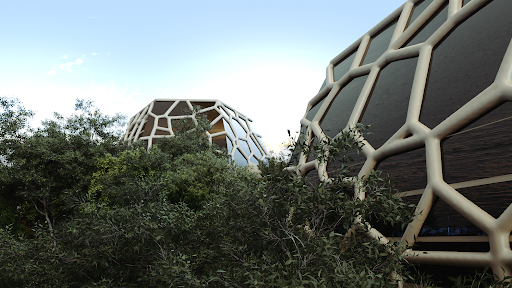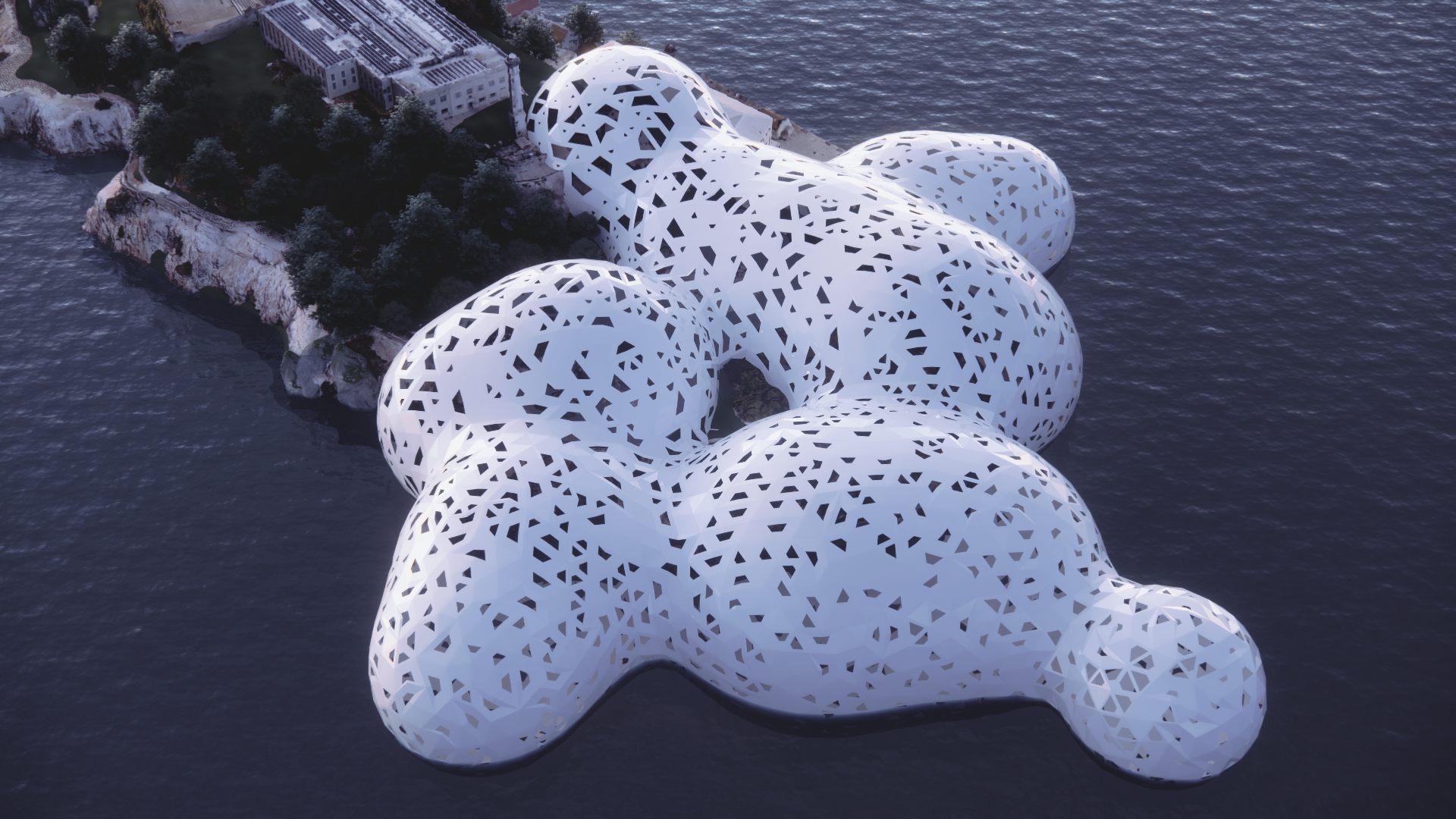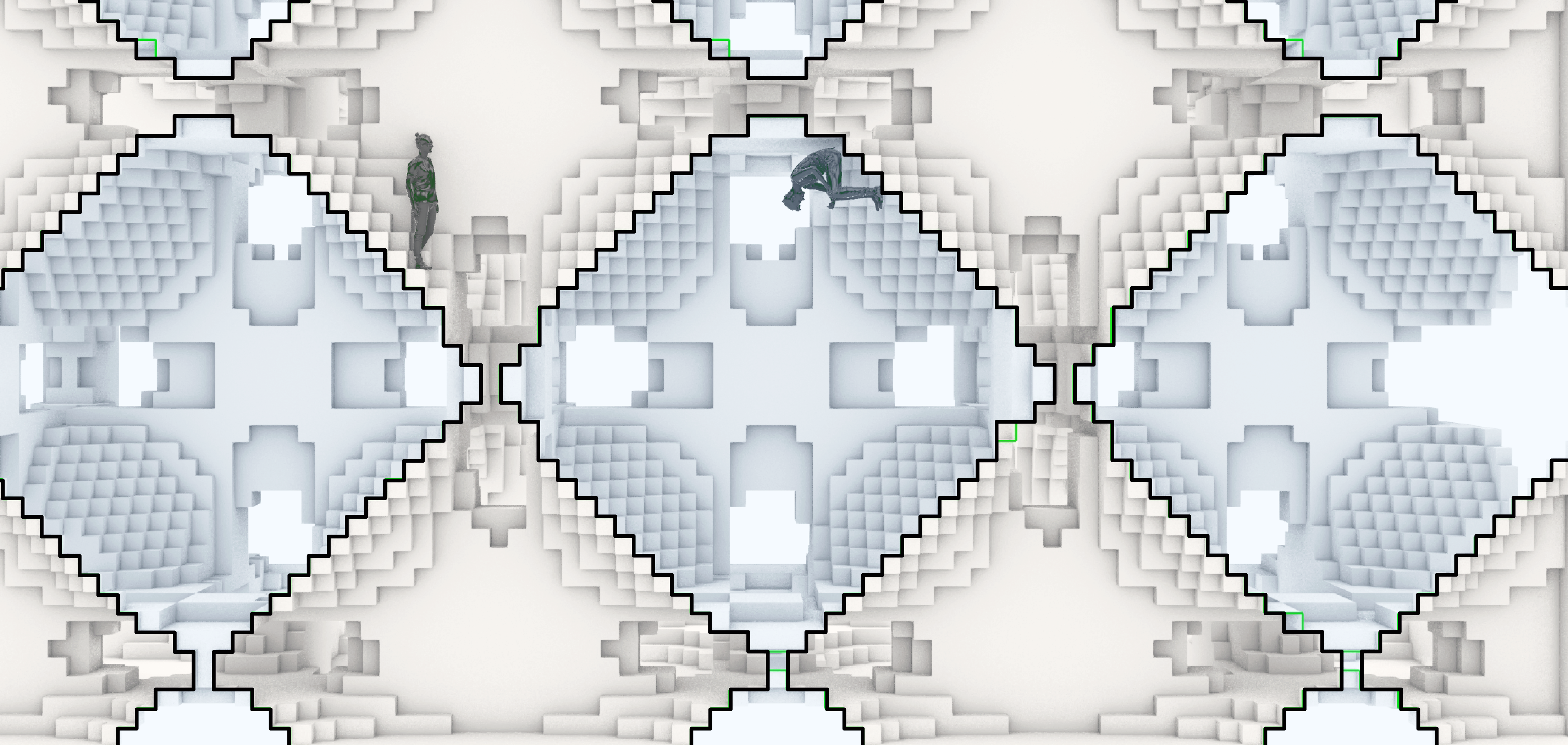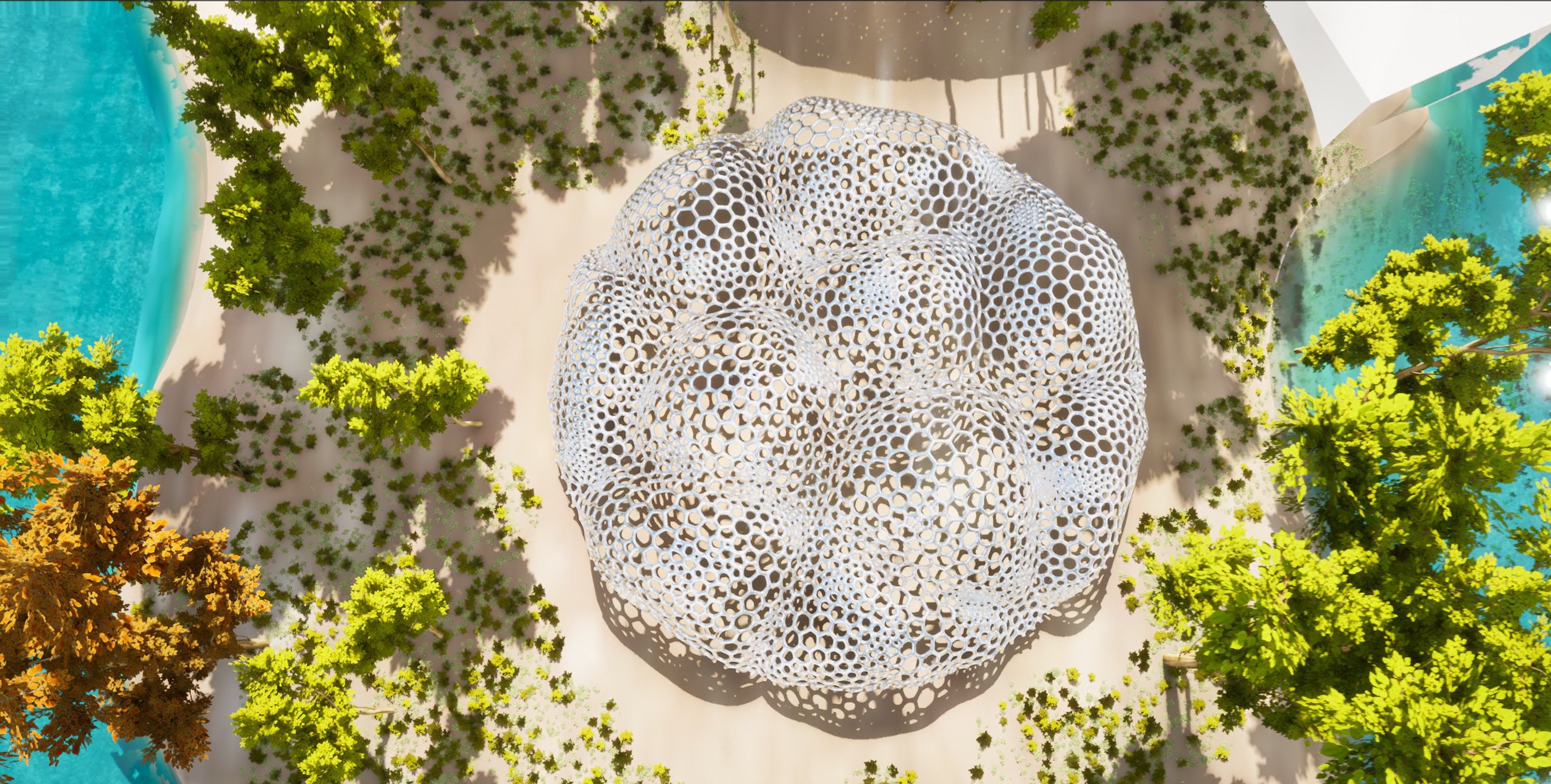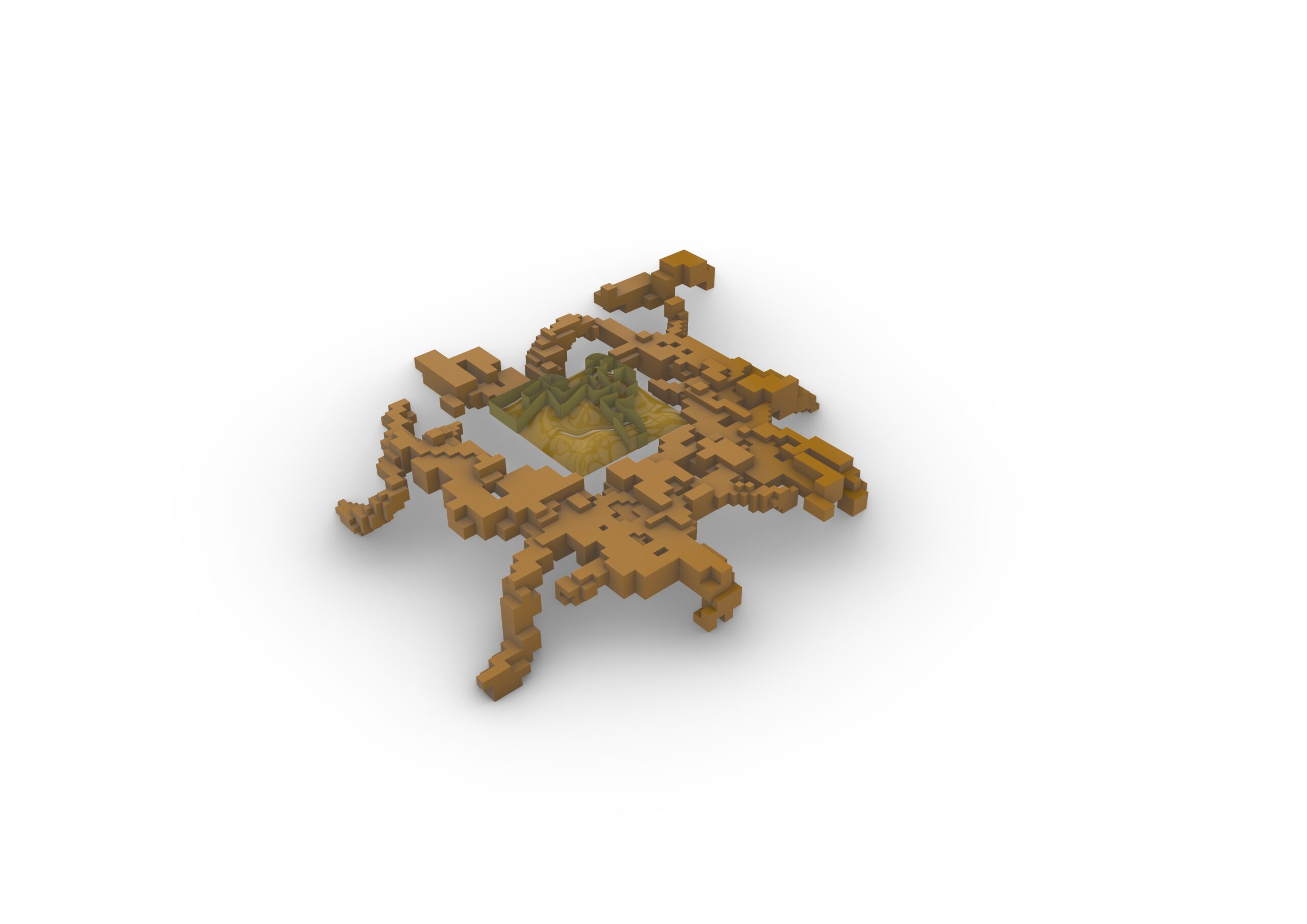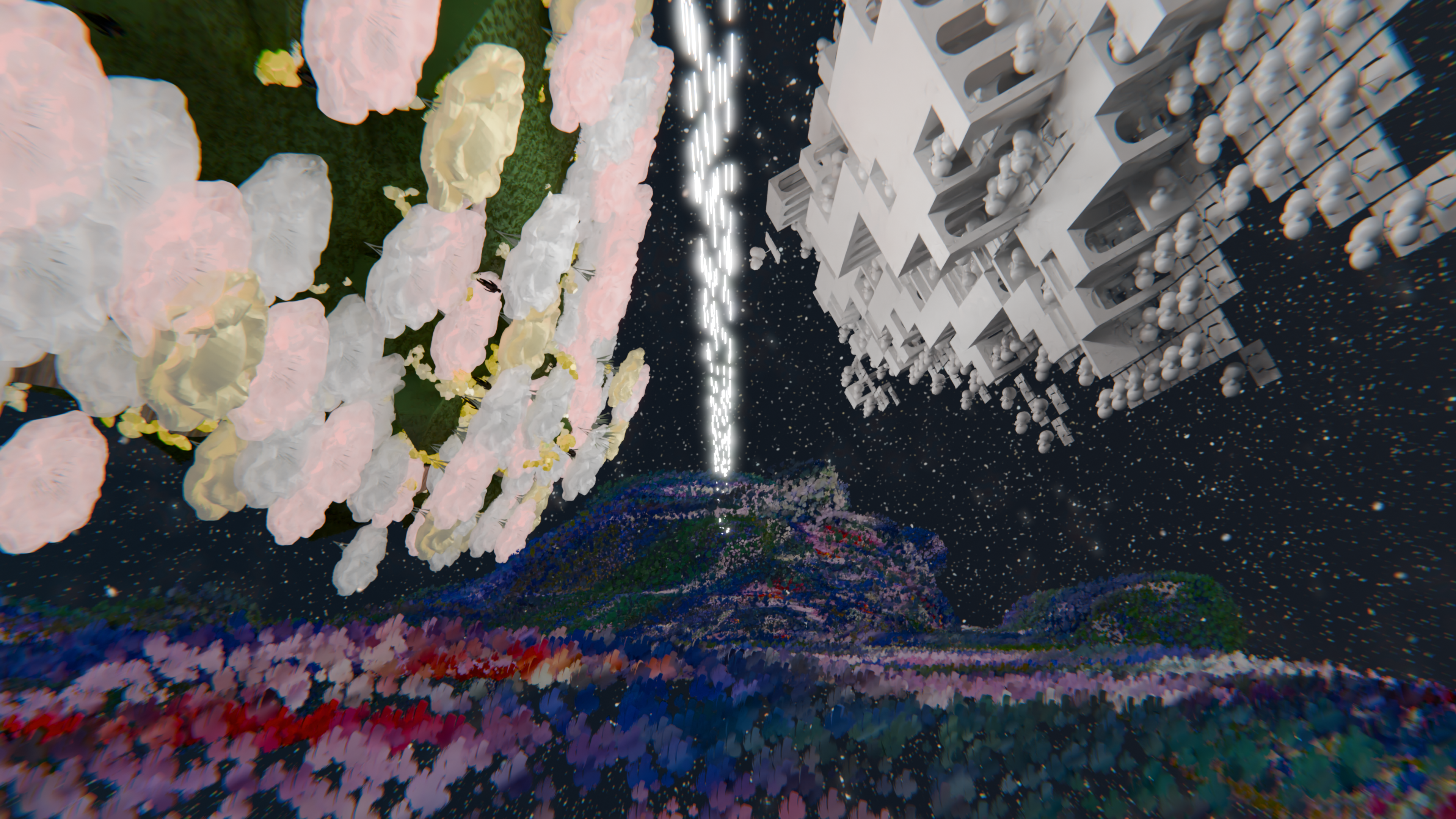Digital Tools for Complex Forming Seminar

Source: Hesham Shawqy
Complex Forming is structured to enhance students’ technical skills in creating, analysing, and manipulating complex geometries through parametric design. Students will explore mathematical surfaces, tensile structures, voxel aggregation, recursion, particle-based systems, and tessellation techniques as they apply to architectural form-finding and design. Through Grasshopper3D and Python, students will engage with algorithmic thinking and computational methods to produce sophisticated, data-driven forms that can be applied throughout their time in MaCAD.
The course begins by introducing students to the fundamentals of mathematical surface generation. By utilising parametric equations and exploring surface behaviour, students will gain insight into the application of precise mathematical functions to control form. Following this, the focus shifts to tensile surfaces, where students will learn how to generate minimal surfaces and membrane structures that are commonly used in lightweight, flexible architectural designs.
As the course progresses, students will delve into more specialised topics, such as voxel-based design and cellular aggregation. They will also explore recursive design processes, where repeating algorithms produce intricate geometries, mimicking fractals and other complex forms found in nature. Through these exercises, students will become adept at creating and refining iterative, rule-based models using Grasshopper’s parametric capabilities. The course will conclude with techniques such as swarming algorithms, noise functions, and tessellation. This section enables students to develop highly intricate architectural systems and patterns, applying swarm intelligence and customisable tiling workflows.
The culmination of the course is a final project, where students will synthesise their knowledge to produce a unique architectural form or system, showcasing the advanced skills they have developed in complex forming.
Learning Objectives
By the end of this course, students will:
- Master mathematical and algorithmic approaches to form generation.
- Gain proficiency in using advanced Grasshopper3D components and plugins.
- Become confident using Python to extend the functionality of Grasshopper.
- Develop understanding of complex geometries and their real-world benefits.
- Understand data structures, essential for managing complex geometries and datasets
- Document the computational design process and its iterations.
- Build expertise in specialised techniques such as physics simulations, aggregation systems, and optimization solvers, and explore their application in design.
- Cultivate a curiosity for discovering additional specialised techniques, pushing the boundaries of design innovation through experimentation.
#Rhinoceros3D, #Grasshopper3D, #Python, #CPython, #Mathematics, #Form, #Physics, #Algorithm, #Data, #Tensile, #Voxels, #Aggregation, #Recursion, #Fractal, #Swarming, #Noise, #Tessellation, #FormFinding, #Modular, #Data, #Optimization




